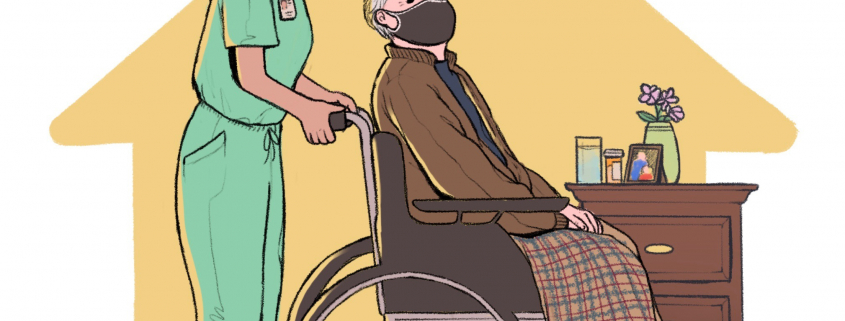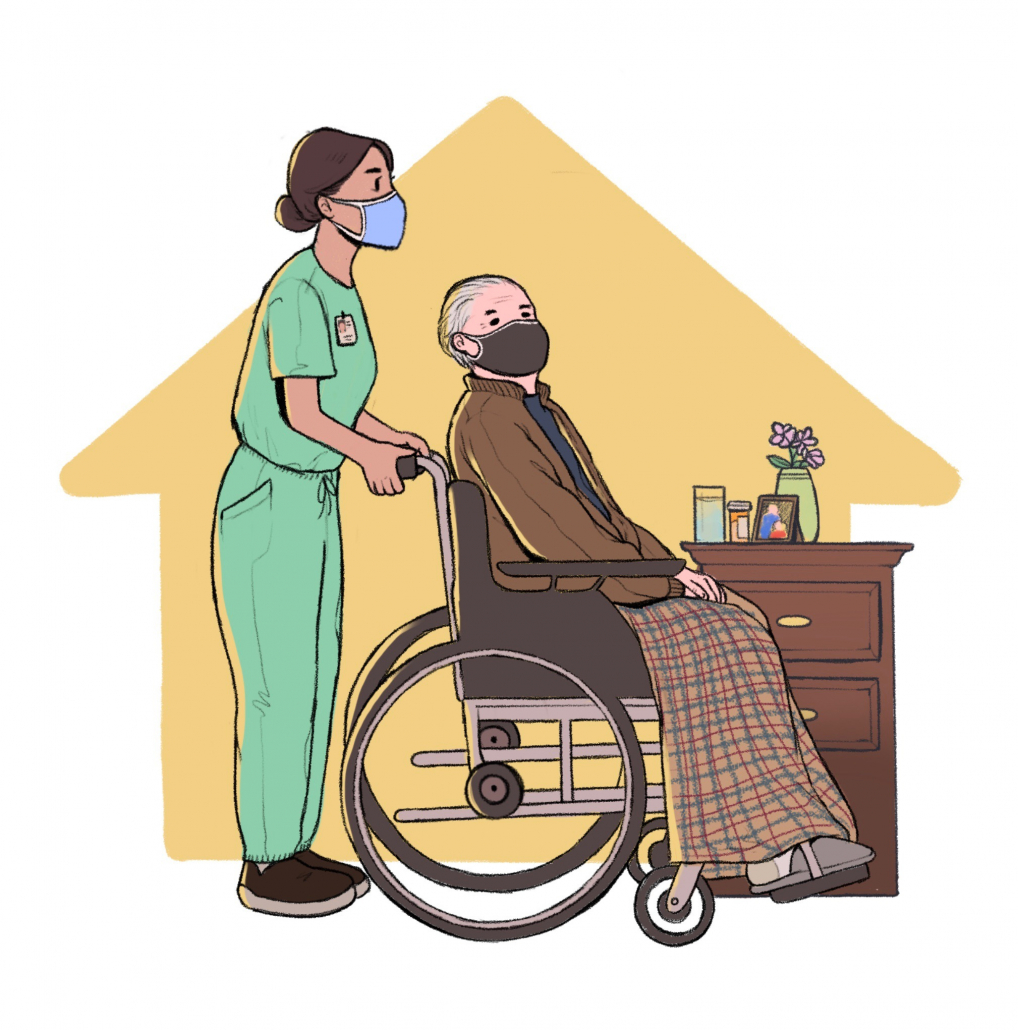Back in My Day: Let’s emphasize the home in nursing home
More than a year ago, one of the first major outbreaks of the coronavirus in the U.S. took the lives of over 37 staff members and residents in a Washington nursing home.
Despite literally majoring in the study of old people, I never gave any thought to the notion of living within one of these spaces until reading about the Life Care Center in Kirkland, Wash. Granted, investigators later determined the conditions in the Washington nursing home had been egregious and far below an adequate standard of care; but who knows how many older residents still live under similar conditions today?
Here’s a quick disclaimer: If you get lucky and profit from selling the Beanie Babies in your garage, you might be able to retire at your own home or even a well-maintained living space within a senior living community. But realistically, older adults in nursing homes only make up about 4% of the older U.S. population, which rounds out to about 1.5 million older adults. Nevertheless, residents in nursing homes still exist and deserve the same amount of care as the next person.
The pandemic exposed the downfalls of communal living spaces. While college students simply packed up and abandoned their dorms, those living in nursing homes did not have that option, often left behind by family members who had no space to accommodate them. With staff moving in and out, along with late adjustments in guest policies, it’s no wonder that many of these communities became the early hotspots of coronavirus-related deaths.
Besides the coronavirus, nursing homes are prone to outbreaks of seasonal influenza and other common viruses. Regardless, the pandemic has created a new and interesting situation for nursing home staff and leadership who are responsible for their vulnerable clientele.
Even beyond being ill-equipped for pandemic-scenarios like the coronavirus, nursing homes and assisted living communities need to realize that older adults aren’t a static generation. Dressing up the living space like a ‘50s retro diner and playing artists of the past will not cut it anymore. With age-related and generational cohorts changing by the year, the needs and wants of these older adults warrant necessary changes to encourage a shared space.
For example, the stereotype of the sterile atmosphere, drab carpets and peeling wallpaper lining the hallways leads many to believe that nursing homes resemble low-funded haunted houses that just happen to be filled with old people.
The living space needs to change and adjust for individualized needs given the handful of chronic diseases that older people face nowadays. There needs to be living rooms that inherently invite older people in rather than lock them away from the rest of the world, areas for outdoor recreation beyond the classic lawn bowl or long walk and spaces for occupational engagement for those interested in getting involved with their community.
Additionally, research within the past two decades has shown a great deal of discrimination against Black populations living in nursing homes, whether it be by staff or other residents. Marginalized groups are less likely to participate in social events and report a lower quality of care in comparison to white residents.
In terms of coronavirus cases and care across the country, nursing homes with a larger Latinx or Black population were more likely to experience coronavirus outbreaks compared to those primarily made of white residents. This disparity, along with a severe lack of data about marginalized groups in their later years, goes to show how nursing homes and assisted communities completely miss the mark in terms of quality of care and patient satisfaction.
Essentially, we have to overhaul the whole damn thing. From reworking the business framework of these communities to developing new, wider spaces for engagement, there’s a serious amount of potential for anyone interested in supporting the needs of older adults in an evolving market.
In many ways, the future of nursing homes should emphasize the latter part — the home.
Lois Angelo is a junior writing about the timeless lessons learned from older adults. He is also an associate managing editor of the Daily Trojan.


